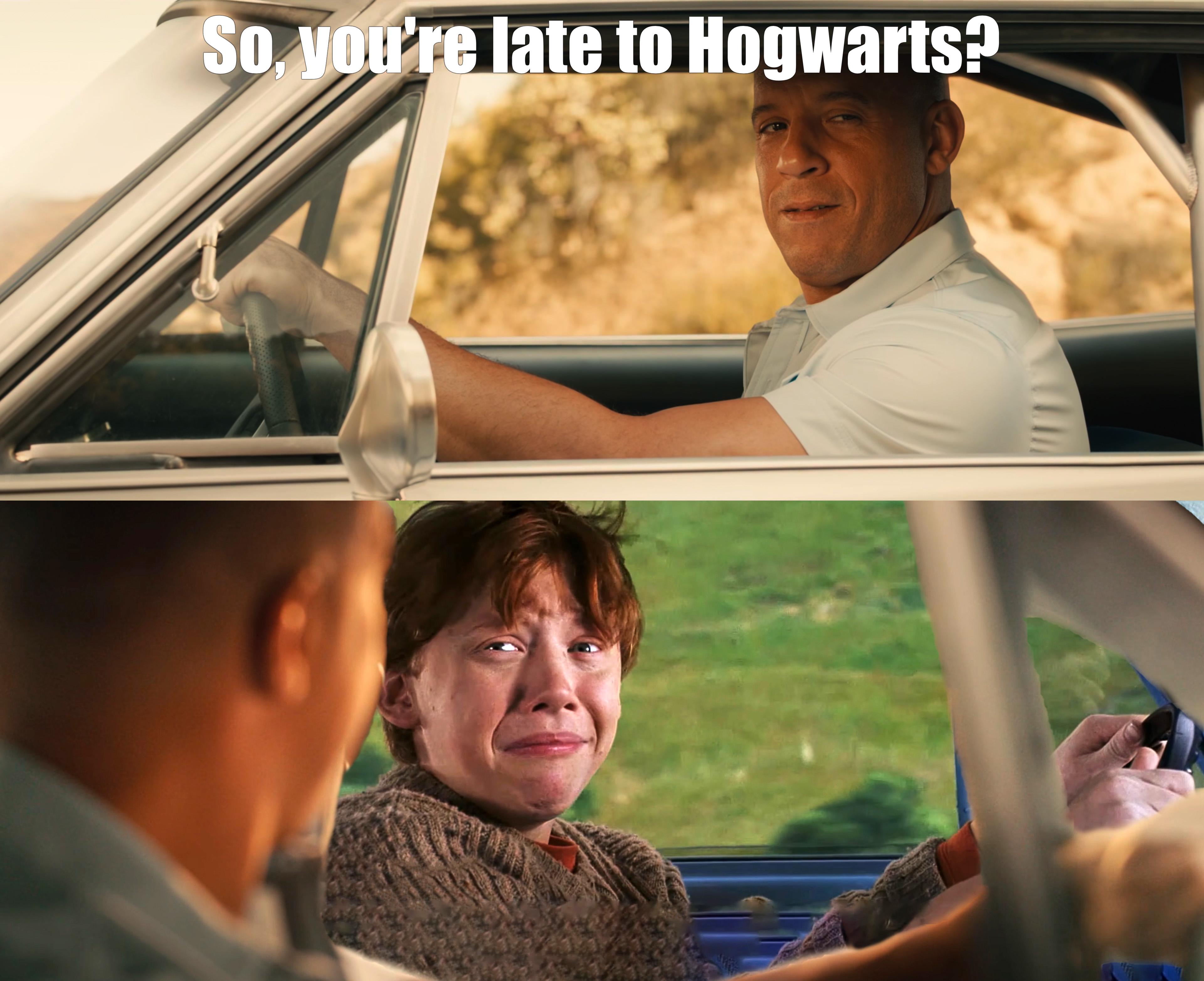 Dominic Toretto believes he can drive to any destination within any time limit, as long as he knows how many hours and minutes he has.
Can you help him calculate the average speed he needs to maintain to reach his destination?
Dominic Toretto believes he can drive to any destination within any time limit, as long as he knows how many hours and minutes he has.
Can you help him calculate the average speed he needs to maintain to reach his destination?
In what concerns the continuous evaluation solving exercises grade during the semester, you should submit until 23:59 of October 19th
(this exercise will still be available for submission after that deadline, but without couting towards your grade)
[to understand the context of this problem, you should read the class #02 exercise sheet]
 Dominic Toretto believes he can drive to any destination within any time limit, as long as he knows how many hours and minutes he has.
Can you help him calculate the average speed he needs to maintain to reach his destination?
Dominic Toretto believes he can drive to any destination within any time limit, as long as he knows how many hours and minutes he has.
Can you help him calculate the average speed he needs to maintain to reach his destination?
Write a program that, given the distance to the destination D and the number of hours H and minutes M available for the trip, calculates the average velocity (in km/h) needed to cover the distance in time. Round the final result to the nearest whole number.
The first line contains a floating-point number representing the distance D to the destination in kilometers.
The second line contains an integer representing the number of hours H available for the trip.
The third line contains integer representing the number of minutes M available for the trip.
The output should be a single line displaying the required average velocity in km/h, rounded to the nearest whole number. The number should be presented as an integer (without any dot or ".0" suffix).
The following limits are guaranteed in all the test cases that will be given to your program:
| 0 < D < 10 000 | The distance to the destination | |
| 0 ≤ H < 100 | Hours available | |
| 0 ≤ M < 60 | Minutes available |
| Example Input 1 | Example Output 1 |
313 40 12 |
8 |
| Example Input 2 | Example Output 2 |
560 1 20 |
420 |